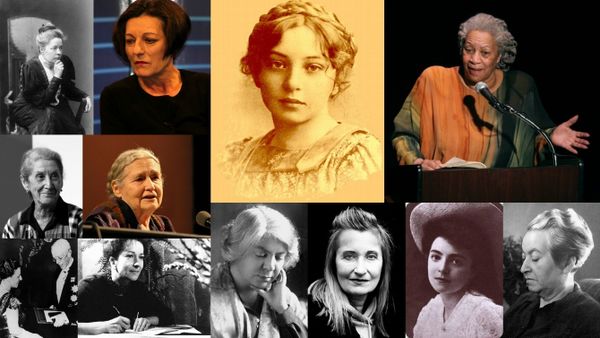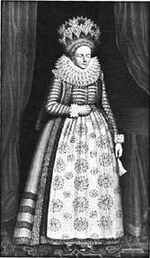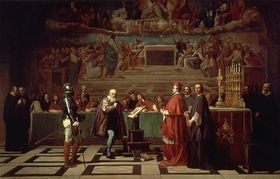Difference between revisions of "Category:Women Authorship--1600s"
| Line 31: | Line 31: | ||
[[File:Madeleine de Scudéry.jpg|thumb|150px|[[Madeleine de Scudéry]]]] | [[File:Madeleine de Scudéry.jpg|thumb|150px|[[Madeleine de Scudéry]]]] | ||
[[File:Maria de Agreda.jpg|thumb|150px|[[Maria de Agreda]]]] | [[File:Maria de Agreda.jpg|thumb|150px|[[Maria de Agreda]]]] | ||
''The Tragedy of Mariam, the Fair Queen of Jewry'' (1604) by [[Elizabeth Cary]] was the first original tragedy by a woman written in English and the earliest English handling of the story of Herod and Mariamne, based on [[Josephus]]. | |||
In Italy [[Artemisia Gentileschi]] distinguished herself as one of the most accomplished painters of her generation. Her favorite subjects were female biblical characters, like [[Judith]], [[Susanna]], [[Elizabeth]] and [[Mary of Nazareth]]. | |||
}} | }} | ||
Revision as of 09:10, 29 September 2015
|
The Tragedy of Mariam, the Fair Queen of Jewry (1604) by Elizabeth Cary was the first original tragedy by a woman written in English and the earliest English handling of the story of Herod and Mariamne, based on Josephus. In Italy Artemisia Gentileschi distinguished herself as one of the most accomplished painters of her generation. Her favorite subjects were female biblical characters, like Judith, Susanna, Elizabeth and Mary of Nazareth.
|
|
Pages in category "Women Authorship--1600s"
The following 17 pages are in this category, out of 17 total.
1
- Judith with the Head of Holofernes (1600 Fontana), art
- I meriti delle donne (1600 Fonte), book
- La nobilta, et l'eccellenza delle donne, co' diffetti, et mancamenti de gli huomini (The nobility and excellence of women, and the defects and vices of men / 1600 Marinella), book
- Susanna and the Elders (1610 Gentileschi), art
- Adoration of the Magi (1636 Gentileschi), art
- Judith and Her Maidservant (1614 Gentileschi), art
- Judith Beheading Holofernes (1615-20 Gentileschi), art
- Judith and Her Maidservant with the Head of Holofernes (1625 Gentileschi), art
- Esther before Ahasuerus (1628 Gentileschi), art
- Birth and Naming of John the Baptist (1635 Gentileschi), art
- (++) Lettres de Bérénice à Titus (Letters of Berenice to Titus / 1642 Scudéry), novel
- Women's Speaking Justified (1666 Fell), book
- Mística Ciudad de Dios: Vida de la Virgen Madre de Dios (1670 Maria de Agreda), vision
- The Enochian Walks with God (1694 Lead), vision
- L'Esterre (Esther / 1695 Muratori-Scannabecchi / Bergamori), oratorio
Media in category "Women Authorship--1600s"
This category contains only the following file.
- 1604 * Cary (play).jpg 354 × 500; 59 KB






